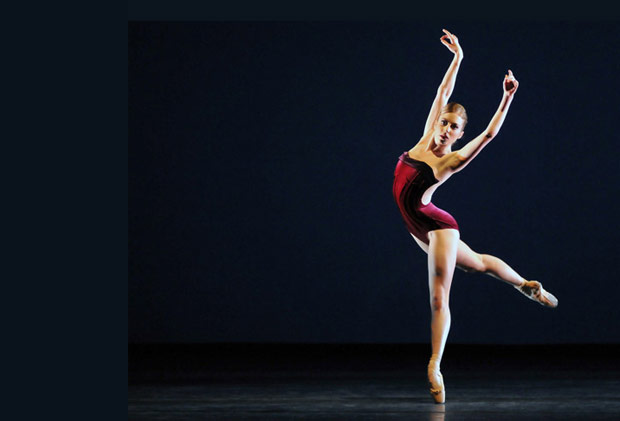
© Dave Morgan, by kind permission of the Royal Opera House. (Click image for larger version)
Royal Ballet
Viscera, Infra, Fool’s Paradise
London, Royal Opera House
3 November 2012
Gallery of 36 pictures by Dave Morgan
www.roh.org.uk
Kevin O’Hare’s first mixed bill as artistic director proudly proclaims the Royal Ballet’s connection with three British choreographers, all with slightly differentiated titles: Wayne McGregor, Resident Choreographer; Christopher Wheeldon, Artistic Associate; and Liam Scarlett, recently appointed Artist in Residence.
Scarlett, at 26, is now entitled to stop performing and concentrate on choreographing. His latest creation, Viscera, was commissioned by Miami City Ballet in February this year. Scarlett says in an interview for the programme that even as he choreographed it in Miami, he had certain Royal Ballet colleagues in mind. Though he drew on the American dancers’ Balanchine training for the speed and energy of the 20 minute piece, in an English context the influence of Ashton is evident. Viscera is Scarlett’s Rhapsody.
Set to Lowell Liebermann’s Piano Concerto No 1 (1983), two outer sections for an ensemble of 13 flank a central pas de deux. The men, in maroon outfits, strut and twist, swiftly changing formations in semi-military fashion. The women, in maroon or dark blue leotards, are luxuriant, their torsos yielding even as they thrust their hips forward, off-kilter. The choreography is closely linked to the music: rapid spins for piano trills, flaring legs and flying lifts for soaring orchestration.
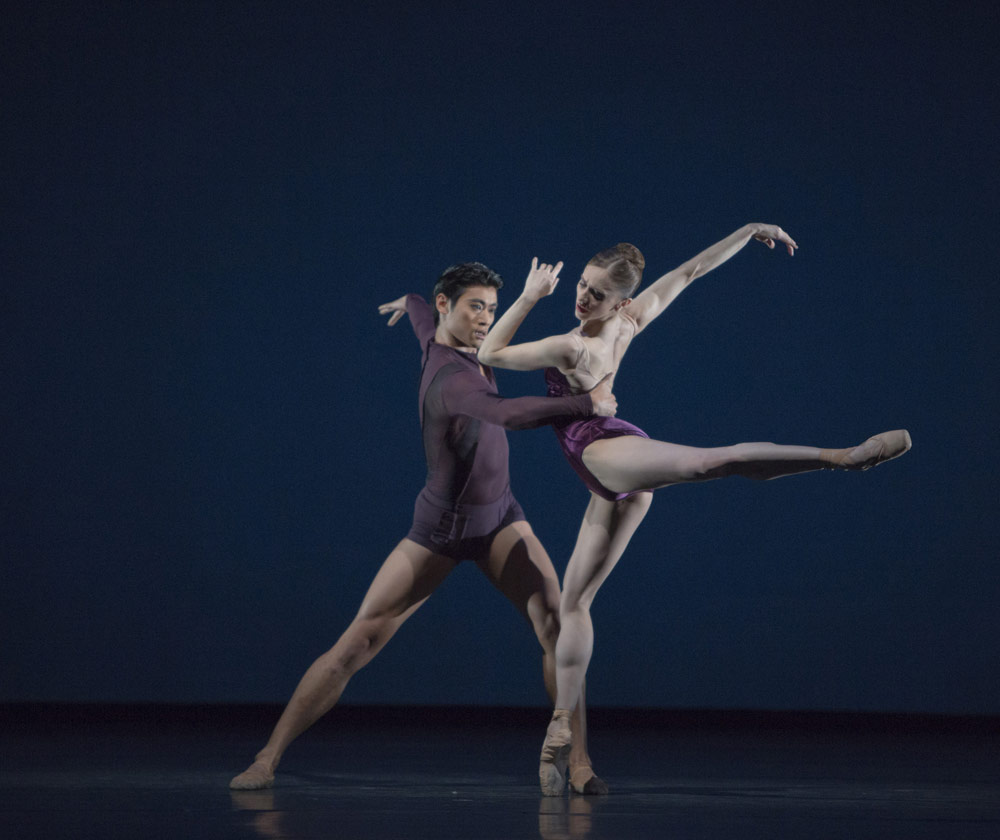
© Andrej Uspenski, by kind permission of the Royal Opera House. (Click image for larger version)
At the start of the declamatory first movement, a man stands with his back to the audience as a woman steps forward to engage with him, setting the ballet going. The movement ends in a full-ensemble flourish, after which the corps exit sassily, leaving Marianela Nuñez stranded, looking into the wings. As the hushed second movement begins, she is joined from behind by Ryoichi Hirano for an adagio pas de deux to pellucid piano notes. Their encounter progresses from side-by-side dancing to intimate intertwinings. There are extravagant lifts, often with her suspended upside down.
They separate, and this time she approaches him behind his back, placing her head against his shoulders, first one side, then the other. The gesture has the tender simplicity of Ashton’s Rhapsody ballerina nestling under her partner’s arm, first one, then the other. But the Viscera pas de deux ends desolately. Nuñez backs away from Hirano in sad farewell, leaving him abandoned.
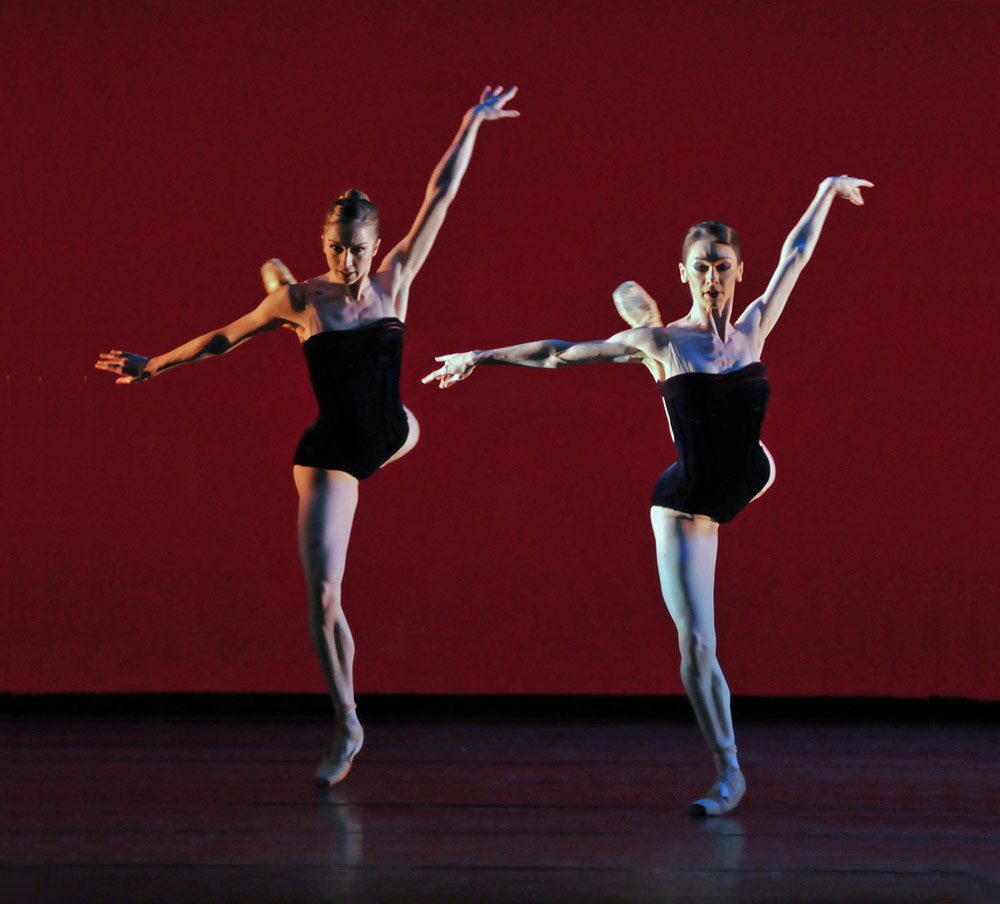
© Dave Morgan, by kind permission of the Royal Opera House. (Click image for larger version)
The third movement is a perpetuum mobile finale, numbers constantly varying. A soloist, Laura Morera, is isolated against a flock of dancers who react to her moves like starlings in flight, dividing and reforming. Scarlett’s skill in deploying large groups in intricate rhythmic sequences has been evident since his first ballets for the RB School’s matinee performances. Displaying an additional talent in Viscera, he designed the attractive costumes.
Lighting design credits go to John Hall of Miami City Ballet, who must assume audiences have very short attention spans. Backdrop colours keep changing without apparent reason from hot red to bright blue, from magenta to peony pink. It’s hard to identify dancers against such assertive backgrounds, especially when their faces and bodies are in shadow.
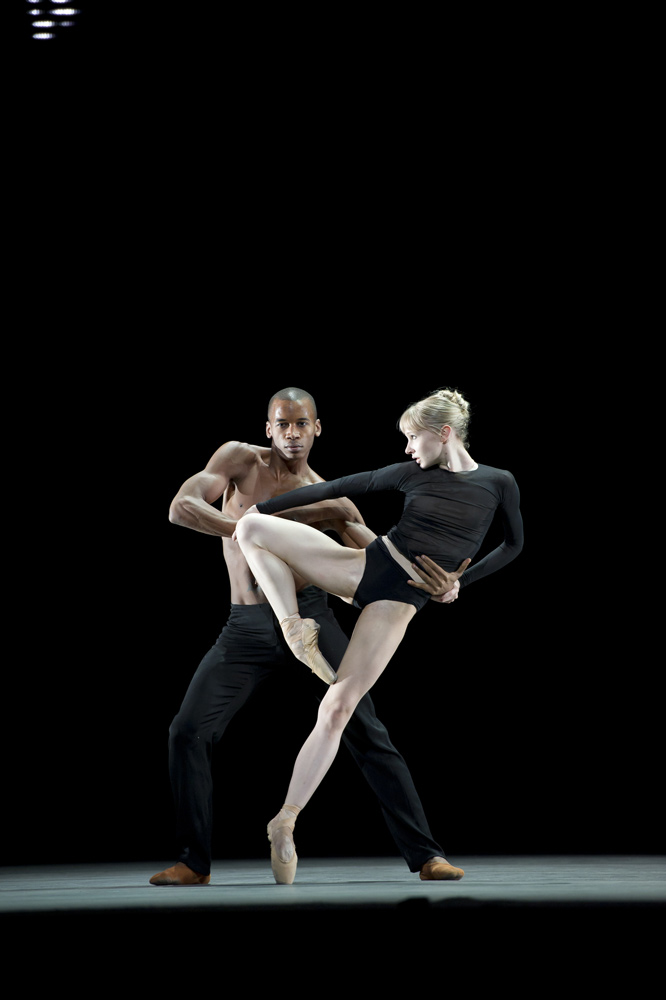
© Bill Cooper, by kind permission of the Royal Opera House. (Click image for larger version)
Wayne McGregor’s Infra (2008) has the distraction of Julian Opie’s electronic pedestrians, commuting along an LED panel across the top of the stage. The anonymous figures stride stiffly, ignoring each other and the underworld beneath their non-feet. The dancers below appear to be a different species, more insectoid than human (like the subterranean creatures in McGregor’s Nemesis for his Random Dance company in 2001).
Perhaps they are the commuters’ inner spirits or memories of lost souls. They move seemingly without restrictions, limbs hyper-extended, swooping, flexing, slicing and pulsating. Connections between them are fragile, transitory. Melissa Hamilton simply walks away from Eric Underwood as though she’d never been in his arms. Six couples engage simultaneously in brief encounters, picked out in squares of light as though glimpsed, in passing, through windows.
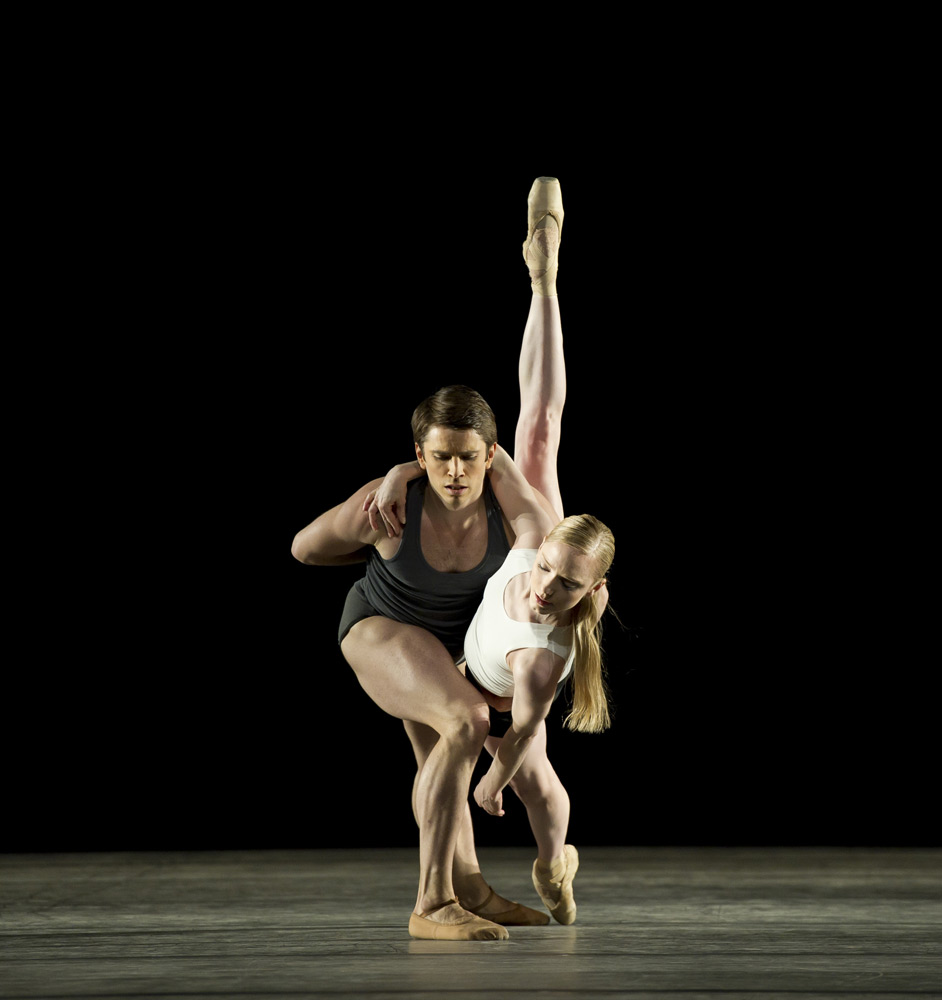
© Bill Cooper, by kind permission of the Royal Opera House. (Click image for larger version)
A drama develops around Sarah Lamb. First her partner, Ricardo Cervera, then other concerned friends try to console her, in vain. She breaks down, silently screaming, as a crowd of (real) people stream past her. Busy commuters have no time for private crises.
The stage empties for a final pas de deux – an apotheosis. Edward Watson and Nuñez combine in sensual embraces to Max Richter’s plaintive string quintet, now free of electronic bleeping. The golden duet, a reassurance that love continues in spite of disaster or indifference, appears detached from the rest of the piece, rather than its culmination. McGregor has difficulty with endings, both for pas deux and entire pieces.
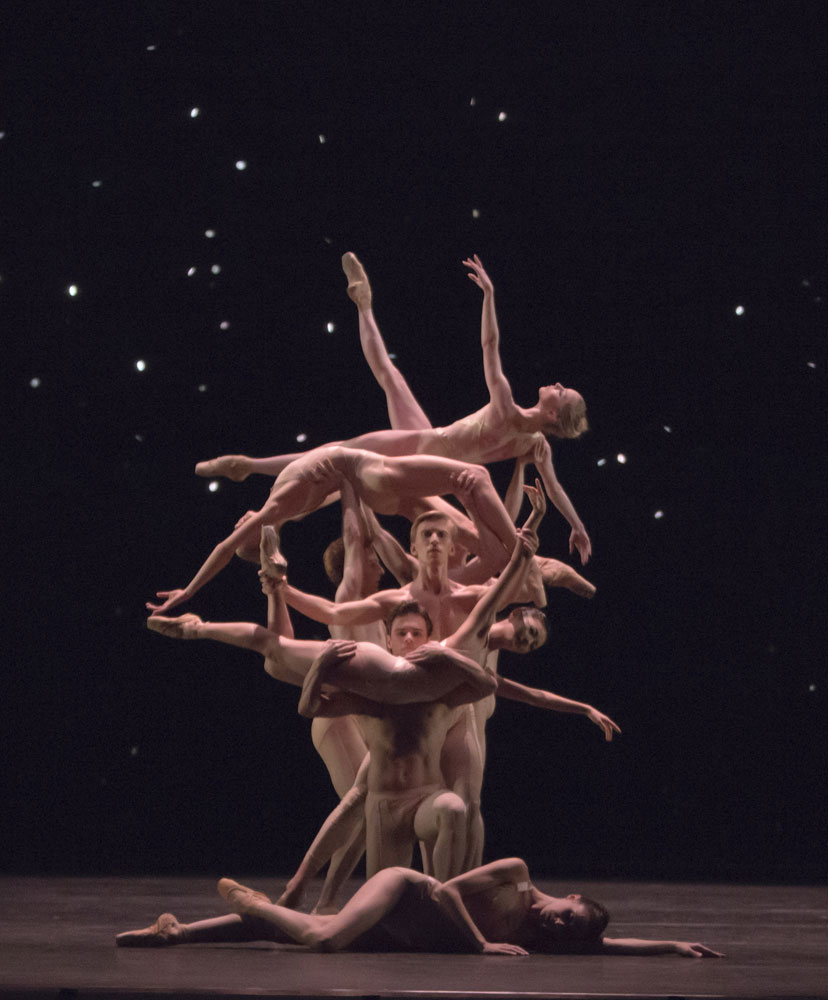
© Andrej Uspenski, by kind permission of the Royal Opera House. (Click image for larger version)
No such problem for Christopher Wheeldon, whose Fool’s Paradise ends in a glorious tableau. I’d guess that the meaning of the title is not ‘false hope’ but an idyll of innocent beings – a Midsummer Night’s dream. The ballet, created for Wheeldon’s Morphoses company, was first given at Sadler’s Wells in 2007, with what Wheeldon then described as ‘the luxury of an orchestra’ for Jody Talbot’s score. The music, orginally for a 1916 silent film, varies from wistful to combative to ecstatic.
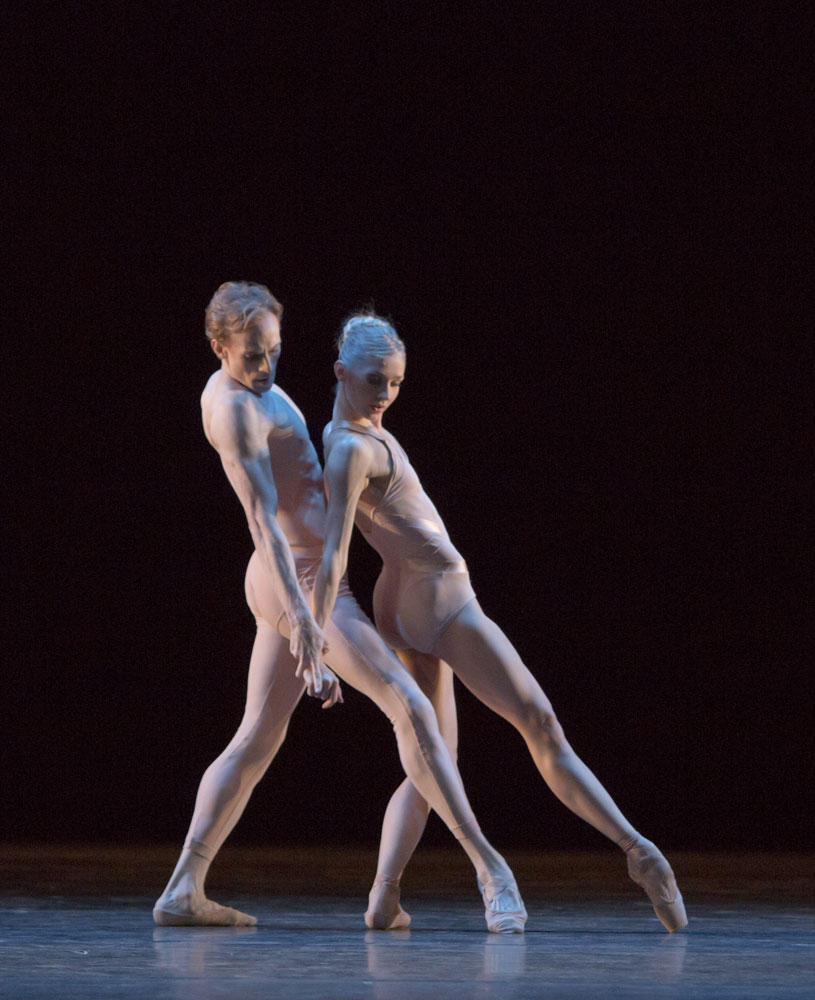
© Andrej Uspenski, by kind permission of the Royal Opera House. (Click image for larger version)
Fool’s Paradise has a shimmering backdrop of stars or snowflakes falling behind a series of duets and trios. The strongest bonds seem to be between the men, interrupted by the arrival of a woman – Sarah Lamb or Yuhui Choe. A central pas de deux for Watson and Hamilton, the Oberon and Titania of the piece, eventually resolves a dispute between them as other couples unite blissfully in the background. After the urban angst of Infra, Fool’s Paradise concludes the evening on a sigh of pleasure. This triple bill is proof indeed that contemporary ballet is alive and thriving.













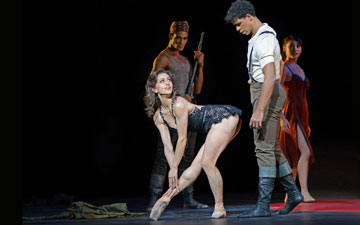
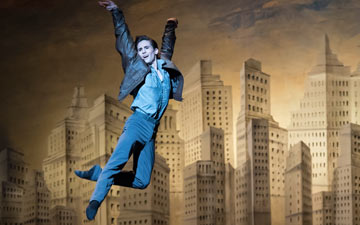
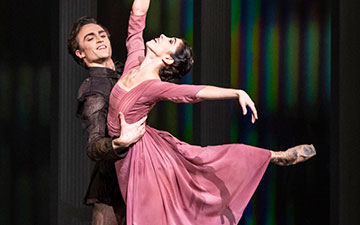

You must be logged in to post a comment.